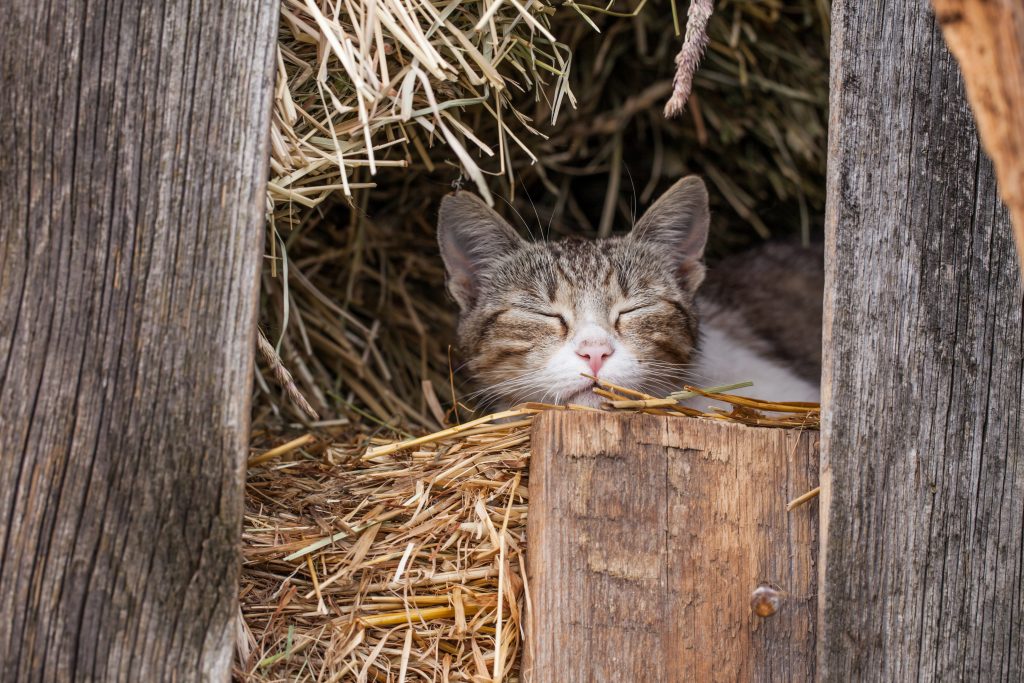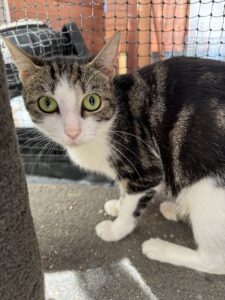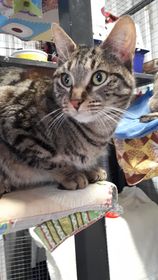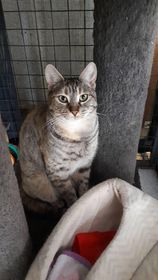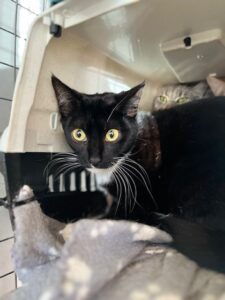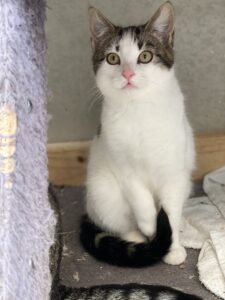What is a 'Barn' Cat?
Barn cats are cats who prefer to live outside and are best suited to a relatively independent life on a hobby farm or rural property. But they are not ‘feral’ and they are not strays…
‘Barnies’ as we affectionately call them, are cats that prefer to live outdoors and are relatively independent. They will rely on you for their shelter, food and water, and although they might never want to snuggle on the couch, they are not ‘feral’ or wild. During the day you’ll most often find them peacefully napping in the barn or lounging under a shady tree. Then at night, they will dutifully patrol your property and are often stealth hunters keen to minimise rural pests such as mice or rats. They offer an environmentally friendly alternative to using chemicals or pesticides to safeguard your stored grains and feed.
Many barn cat owners say they find a lot of joy in observing their cats’ natural behaviors and occasional interactions. But most importantly, by adopting a ‘barn cat’ you are offering them a chance at a better life.
Benefits of owing a ‘Barn Cat’
- Low maintenace pets
- The ‘eyes and ears’ of your property, helping to deter and control vermon
- A calming presence and friendly ‘face’ around the farm
They were either born on the streets (where their mumma taught them to ‘be careful’ of humans) or they were abandoned by humans, forcing them to become self-reliant to survive. If not rescued by us, they would have faced a life of extreme hardship or worst case, not survived.
The term ‘barn cat’ refers to the temperament of the cat rather than a breed. They are cats that generally choose to live outdoors and enjoy human companionship from afar.
Most likely, yes! Most of these cats have lived on the streets so have learnt to respect the spaces and territories of other cats. The introduction would be as it would for any new cat (slow and steady), watching for any sign of aggression or stress.
If for any reason your newly adopted barn cat is not able to integrate with your existing crew, then we would take them back into our care.
To begin with you will need to confine the cat to a secure and enclosed space, with access to windows, for a period of four weeks. During this time, make sure to provide food, water, and a litter tray within this designated area. This will help them to adjust to the new environment and understand that this is now their new home.
After the initial four-week period, you can gradually begin allowing them outside while continuing to provide their meals in the original confined area. Ideally, feed them at the same time each day to help create a bond of trust and reliance.
The following cats are currently in our care and would be perfectly suited to a barn or rural property. They are shy and reserved, and prefer to live outside. However, they are also vulnerable and rely on humans for food, water and shelter. We have seen many times over how kindness and patience can change the life of a barn cat.

